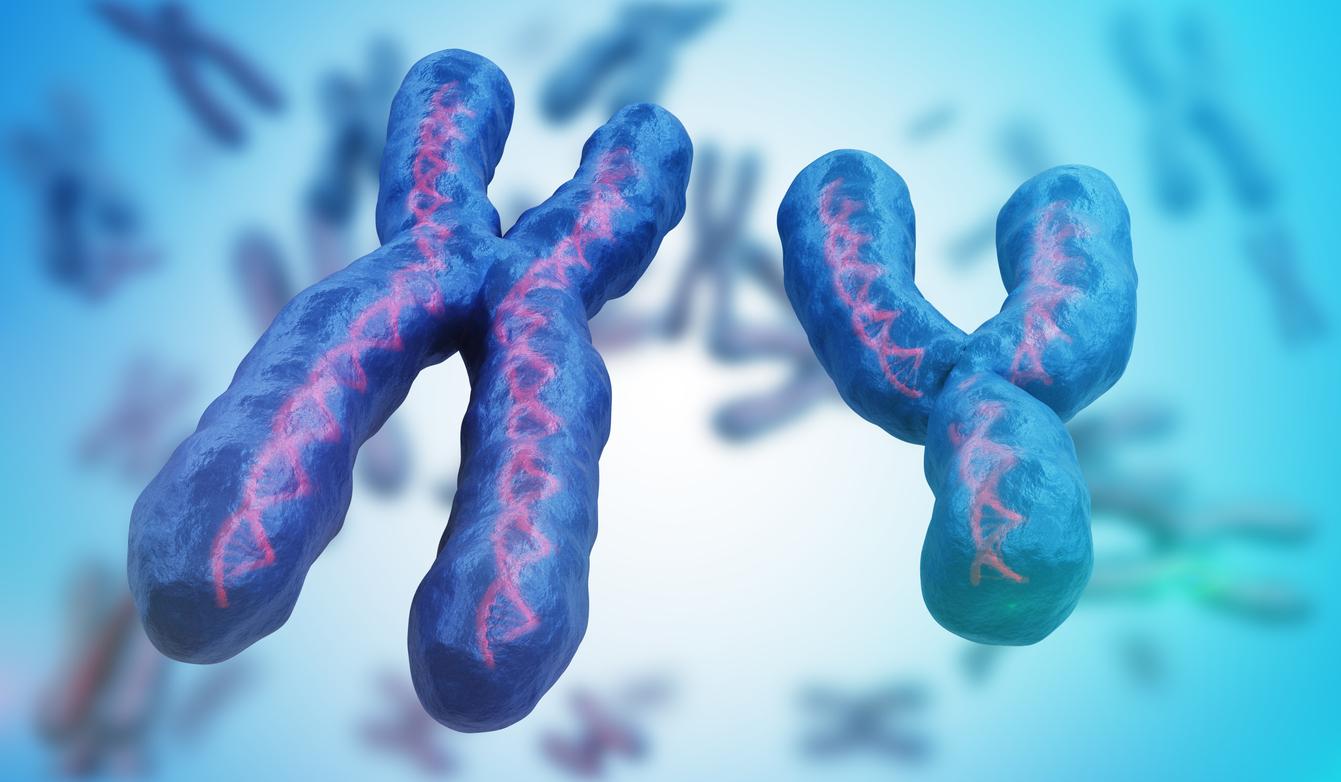Autism is usually associated with childhood, but it is important to recognize that it is a condition that persists throughout life.

- Autism is a disorder most commonly associated with young children.
- The diagnosis of autism can occur in adulthood, in particular because the signs of the disorder have long been masked by compensatory strategies.
- New diagnostic criteria make it easier to identify certain forms of autism.
More and more adults are being diagnosed with autism spectrum disorders (ASD), including Asperger’s syndrome.
Evolution of understanding of autism
Over the years, our understanding of autism has evolved considerably. Diagnostic criteria have been refined, particularly with updates to the DSM (Diagnostic and Statistical Manual of Mental Disorders), making it possible to recognize forms of autism that were previously overlooked or misunderstood.
Therefore, adults who were never diagnosed as children can now recognize the signs in themselves and seek a diagnosis.
Compensation strategies
Some autistic people develop very effective compensatory strategies, allowing them to mask their symptoms for many years.
These individuals may function relatively well in society, but experience internal difficulties that become more apparent over time or in stressful situations. Personal awareness, often triggered by research into autism or interactions with children or relatives who have been diagnosed, may also prompt an adult to seek assessment.
Late diagnosis
In France, autism is still too often diagnosed late, which can cause difficulties for worried parents who do not always know who to turn to. It is also mentioned that men diagnosed in adulthood less often present atypical development than those diagnosed in childhood, which encourages us to put into perspective the scope of this criterion for the diagnosis of autism in adulthood.
Warning signs
There are well-identified warning signs for autism, but caution is needed in very young children because it may be another neurodevelopmental disorder. In addition, the signs of autism spectrum disorder are generally detected more difficultly and late in girls, which can lead to tangible consequences in adult life.
The number of adults diagnosed with autism late in life is significant, which can lead to challenges for those affected and those around them. It is therefore crucial to raise awareness of autism in adults among the public and healthcare professionals, and to put in place appropriate resources and supports to help these individuals navigate their daily lives.
















